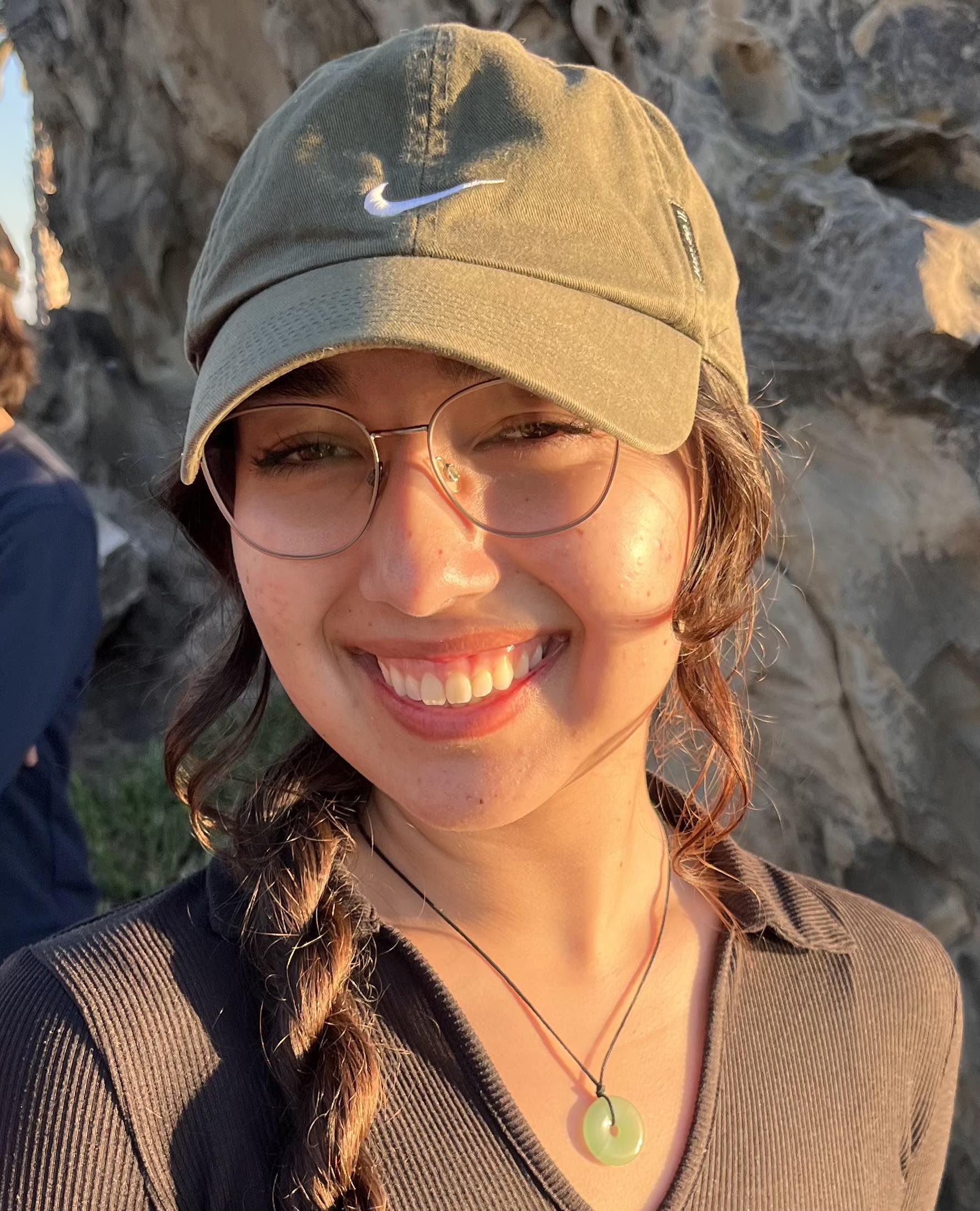Below is a summary of the abstract you submitted. Presenting author(s) is shown in bold.
If any changes need to be made, you can modify the abstract or change the authors.
You can also download a .docx version of this abstract.
If there are any problems, please email Dan at dar78@pitt.edu and he'll take care of them!
This abstract was last modified on March 18, 2024 at 11:52 a.m..

Bacteriophages engage in complex dynamic interactions with their bacterial hosts and their genomes display high genetic diversity. Bioinformatics has been a helpful tool used to assign function based on sequence similarity, however, most of the genes have not been assigned a predicted function. Gene overexpression is a powerful strategy for studying gene function, linking genes to observable phenotypes. To this end, the GENES class at La Sierra University studied Mycobacteriophage Jeeves. Jeeves is a temperate phage isolated from Mycobacterium smegmatis and is one of four members of cluster A14. Jeeves encodes for 101 putative protein-coding genes, 39 have been assigned a function via bioinformatics, and one tRNA. To begin elucidating the gene functions of the other genes, the first 52 genes of the genome were amplified by PCR and cloned into plasmid pExtra-01. After verifying by PCR and gel electrophoresis that each plasmid had the right insert, the plasmids were introduced into Mycobacterium smegmatis via electroporation. Despite several attempts, genes 2 and 36, which encode for VIP2-like toxin and the RepA-like replication initiator, respectively, did not yield any colonies. Of the remaining 49 genes that were tested, 31 genes (63%) showed different levels of toxicity. 15 genes showed a reduction in colony size, 8 genes reduced colony growth by 1-3 logs, and 8 genes reduced cell viability by more than 3 logs. Of the 31 toxic genes described, 13 have no known function (NKF). The remaining 18 toxic genes have predicted functions, encoding products involved in phage structure (11), the lysis cassette (2), prophage stability (2), DNA replication (1), and DNA binding/modification (2). Combining the cytotoxicity data with future defense assays and phage-host interactions will provide further insight into the role of those genes in the phage life cycle and possibly identify novel phage therapies.









